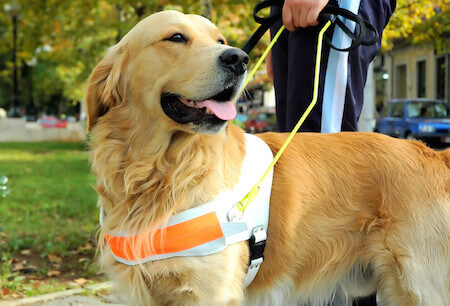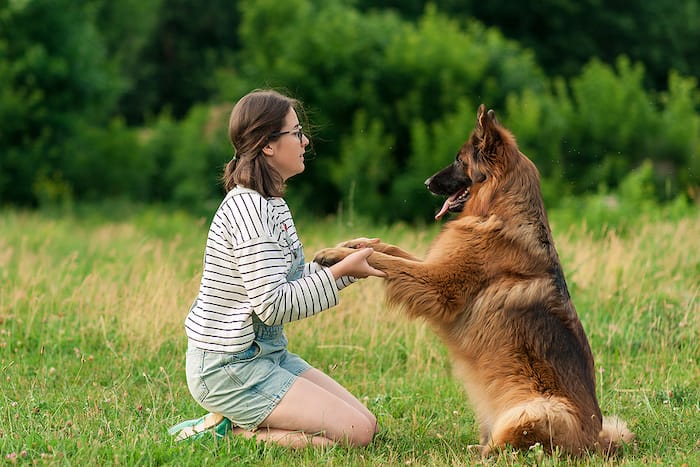Are you looking to get a service animal?
They’re a great idea if you need a little help getting around. Service dogs can alert you when you’re about to have a seizure and even bring help when you’re in a car accident!
However, getting a service dog means investing a lot of time and energy into your dog’s training. Many people don’t realize how much work goes into it.
Here’s how you can turn a trained dog into a service animal.

Determine Eligibility
Determining eligibility for a service dog is a critical first step. Eligibility is based on the ADA’s definition of a disability that significantly limits major life activities. This requires a careful evaluation of the individual’s specific needs and their ability to handle and care for a service dog.
It’s also important to consider the legal rights and responsibilities associated with service animals. This ensures that the individual is aware of their rights to access public places with their service dog.
Choose the Right Dog
It’s very important to pick the right dog for service work. The dog’s breed, personality, and abilities should all match the needs of the handler.
For example, a bigger, stronger breed might be good for helping with mobility. A calm and gentle dog personality is important for people with mental or sensory problems.
Professional help is needed to ensure a good match. They should take into account things like age, health, and energy level since teaching service dogs is very hard.
Basic Obedience Training
Basic obedience training forms the crucial foundation for a service dog’s development. This phase involves teaching fundamental commands like “sit,” “stay,” “come,” and socializing the dog in various environments, with people and other animals.
The obedience training phase is not only about teaching specific commands. It is also about instilling discipline, focus, and responsiveness in the dog, which are essential for its effectiveness as a service animal.
Specialized Training
A service dog’s development starts with specialized dog service training that teaches tasks that are specific to the person’s disability. Some of these tasks could be guiding people who are blind, alerting people who have medical conditions, or helping people who have trouble moving around.
This phase includes more advanced techniques, a lot of practice, and building a strong bond between the handler and the trained dog. This makes sure that the dog is reliable in real life, which will improve the person’s quality of life and independence in the long run.

Public Access Training
Public access training is a pivotal phase in a service dog’s development. It teaches the dog to behave impeccably in various public settings. This ensures that the dog remains attentive to its handler’s needs and doesn’t display disruptive behaviors.
It’s not just about helping the service dog assist its handler but also about raising awareness of service animals in the community. Consider ASP Reviews, to find useful resources for effective public access training.
Turn a Trained Dog Into a Service Animal
Transforming a trained dog into a service animal requires time, consistency, and patience, but the results are rewarding. Remember to always consult a professional trainer and thoroughly assess your dog’s capabilities and temperament. With dedication, your furry companion can become a valuable and life-changing service animal. Take the first step towards this journey today and see the amazing possibilities it can bring.
Is this article helpful? Keep reading our blog for more.
